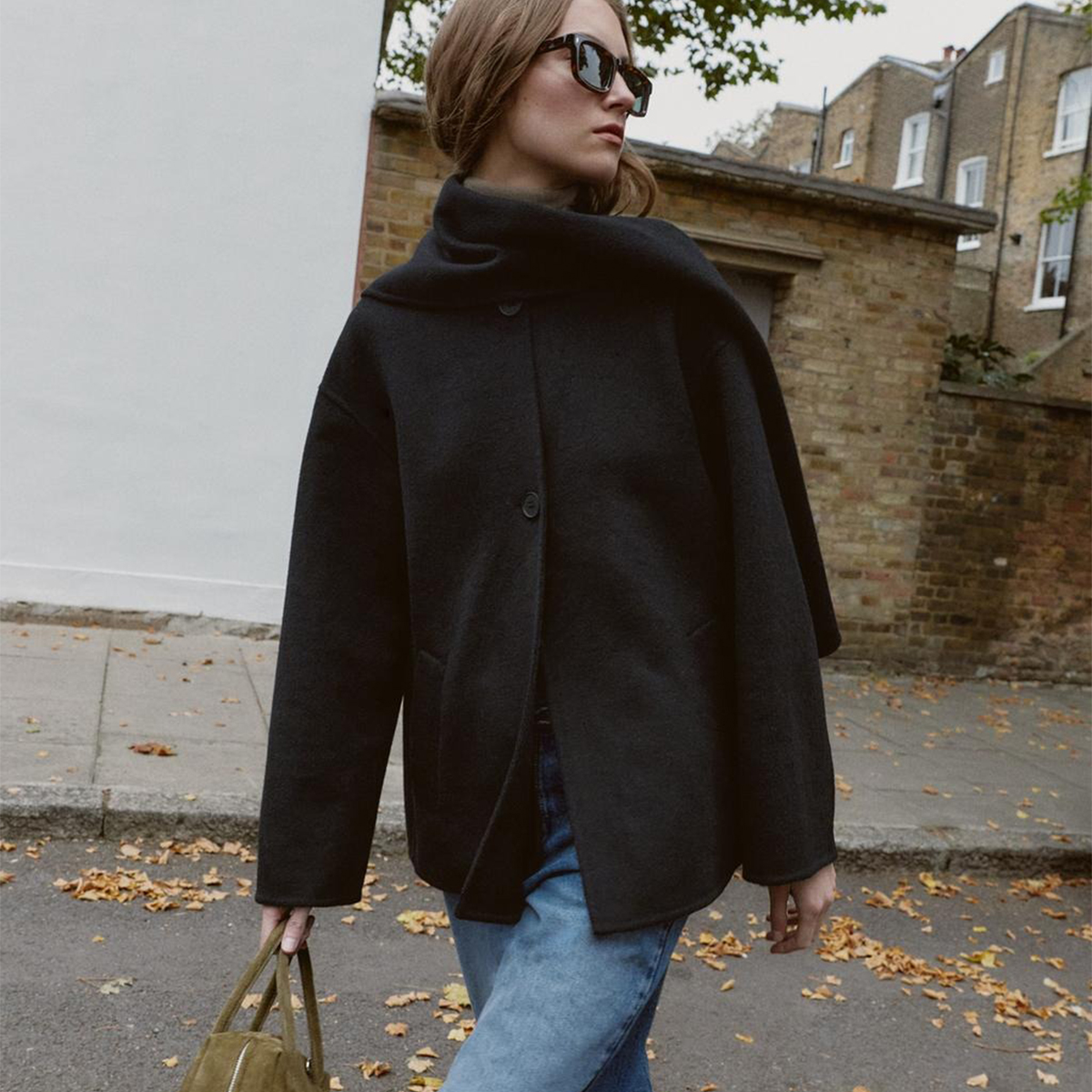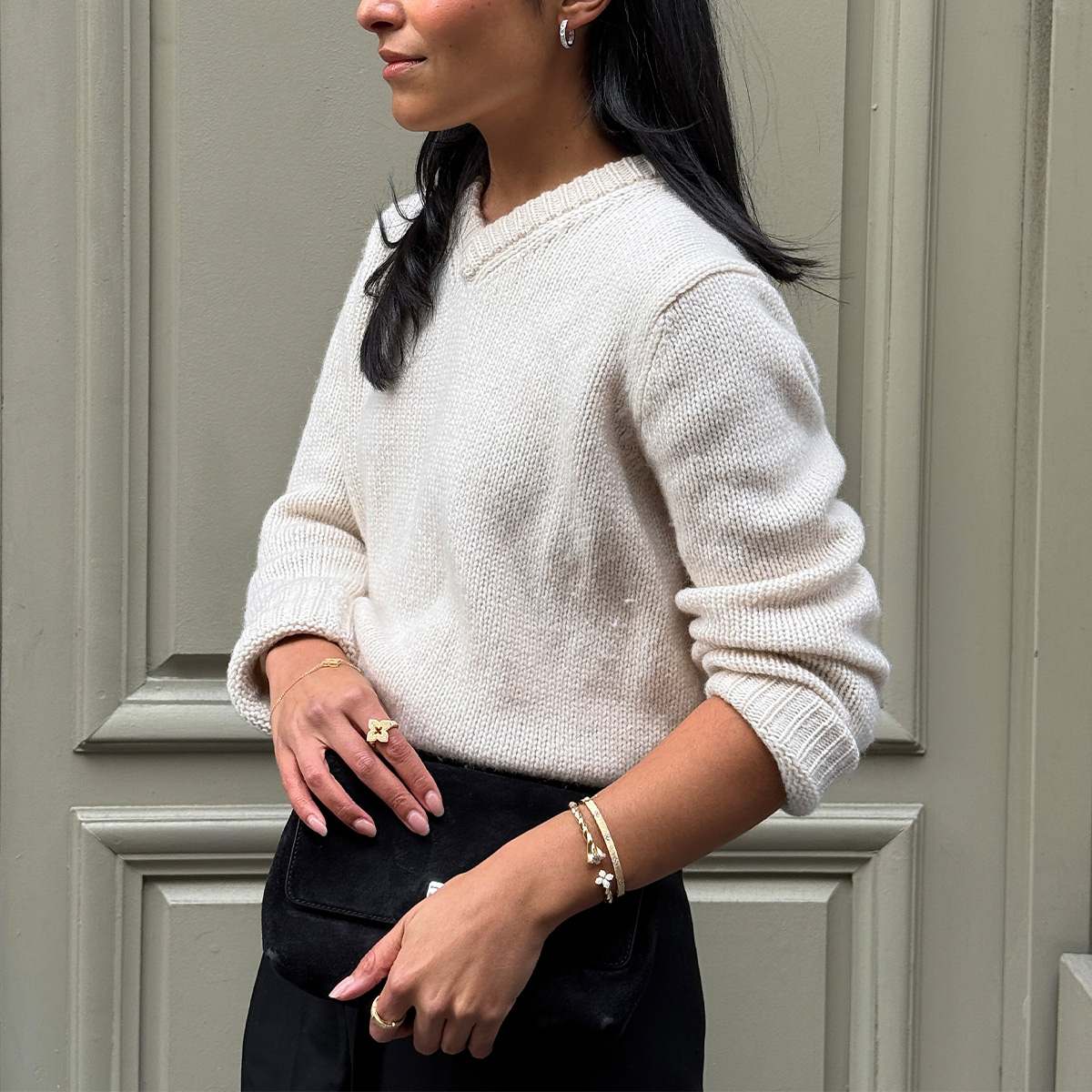Algorithms Be Damned—Why Personal Style Matters More Than Ever
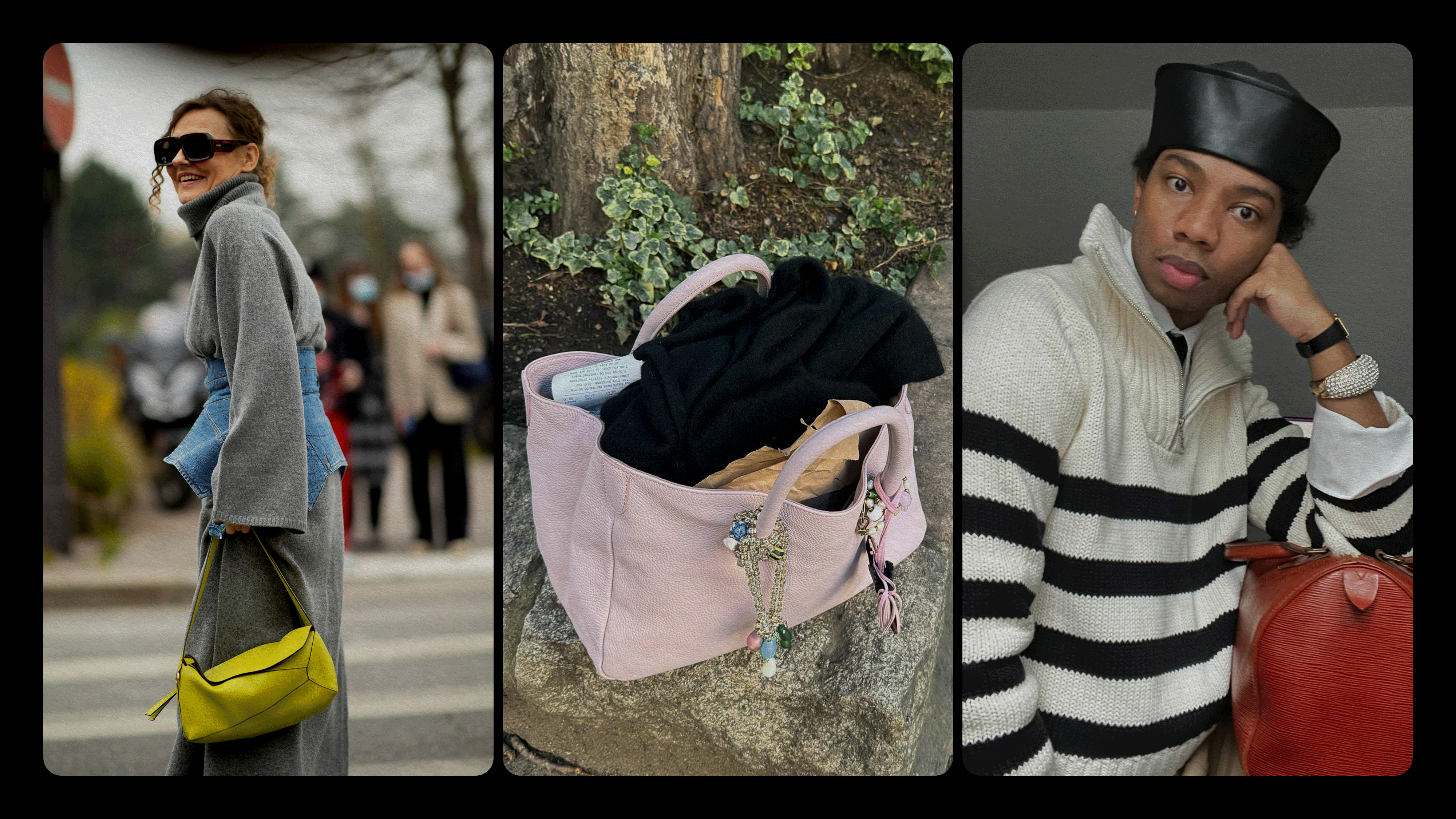
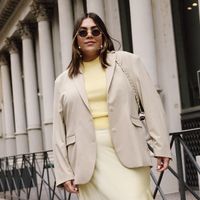
No, not everyone has baby-pink bows on every square inch of their body or owns a mob wife–coded fur coat, despite the fact that we see them on our feeds constantly. Let's be honest. We all definitely don't have that belt that's somehow in the four-figure range. But when your screen time soars past seven hours a day, it's easy to feel like everyone is in the same style book club that you never got the invite to.
Now more than ever, there's an undeniable shimmer of sameness in the fashion that coats our social feeds. Whether it's every person from high school that you know wearing satin ballet flats or your entire For You page being filled with influencers who pose with the latest It bag for a nondisclosed #ad, our Instagram, Twitter, and TikTok feeds have fed into a sense of deep style fatigue. Frankly, it's far easier to add items to our carts and pull together an outfit ripped from a hyper-curated spring 2024 Pinterest board than to go through our closets and figure out what we want to wear, algorithm aside.
When exploring why our social feeds have had such a strong impact on our collective style, one easy answer emerges: Our consumption of information, including trend information, has accelerated at an astonishing pace. A study by the University of California found that humans consume about 34 gigabytes of information every single day, which is equivalent to a daily information diet of 100,000 words. That number has increased a staggering 350% over the last three decades. (My personal shock-inducing number? A cool nine hours and 55 minutes per day of phone time.)
As our brains aren't able to comprehend the amount of stimuli that's being thrown at us every single day, it's expected that deciphering our personal style isn't at the top of the list of priorities. Instead, our algorithms convince us of the idea that, if you buy all the right things and wear the aspirational items people are selling, you will finally be enough—cool enough, relevant enough, and maybe even fashionable enough. I've been guilty of it, too, and all I've been left with is oodles of clothes I don't wear, manageable credit card debt, and a creeping insecurity that I don't look quite as stylish as I could.
It's not all bleak, though. While there are a lot of fingers pointed at how algorithms have killed personal style, Vanessa Craft, head of content partnerships at TikTok, explains that your daily social scrolling habit can unlock a wealth of fashion knowledge if you take a less passive approach to consuming content.
At the root of it, I want to make myself happy. If I'm not happy with what I'm wearing, then no one's going to be happy.
Jalil Johnson
"The more access to different styles and information available, the less homogeneous fashion is," Craft explains. There are one billion people on the app globally, not including brands, designers, or businesses that use the platform. She makes sure to emphasize that TikTok is created using an algorithm that isn't determined by who you follow. Rather, it's recommending things you might be interested in. "[This way, it] opens up a lot of opportunities to discover new and emerging voices in fashion, including creators, trends, designers, and brands," she adds.
We seem to have a "two things are true" scenario: a social landscape that offers a diverse, ever-growing wealth of style content at your fingertips and mile-a-minute mass trend adoption. It's from this mind-melting setting that a legion of deeply intimate, authentic tastemakers have emerged. You may call them the antidote. Their style might not be for you, but it sure is for them—dressing for the algorithm be damned.
As the monetization game begins to infiltrate every aspect of our lives, including our closets, it feels like wearing clothes that only you like is a radical act of disruption in an industry replete with posturing, link peddling, and product pushing. When unique style perspectives start to feel rare, they become more precious, so I sat down with three individualistic fashion insiders to ask them, What does it mean to have a genuine relationship with your clothes? What does presentation mean to you? Most importantly, is there a way to show up in your favorite clothes without dressing primarily for your feed?

One of the things that Jalil Johnson repeats during our call together is that personal style is not dead. We've just forgotten where to look.
Johnson, a 25-year-old fashion assistant and author of the Consider Yourself Cultured Substack newsletter, attributes his style ethos to growing up in the South surrounded by Black joy, glamour, and Sunday best. He would help his mother pick out her finest hats and earrings to wear in the mornings on their way to church—an innocent precursor to the styling work he would take on years later in New York City as a college student.
During the pandemic, Johnson, like so many hunkering down, turned to online shopping to advance his tastes and experiment with silhouettes and garments he otherwise wouldn't have been able to. He jokingly describes it as "skipping through the awkward phase" in figuring out what suited him, what felt like second skin, and what reflected who he was. Today, his personal style can be described as eclectic, joyful, and Americana, three words handed down to him by dear friend and stylist Allison Bornstein.
"Moving to New York, there was a sense of liberation. I could go do the things and dress the way I've always wanted to, but I may not have been able to do that because of where I grew up," Johnson explains. "During the pandemic when I was buying all these items and trying to figure out my style, I never really thought about other people. It was truly about what is going to make me feel excited and what feels good. … At the root of it, I want to make myself happy. If I'm not happy with what I'm wearing, then no one's going to be happy."
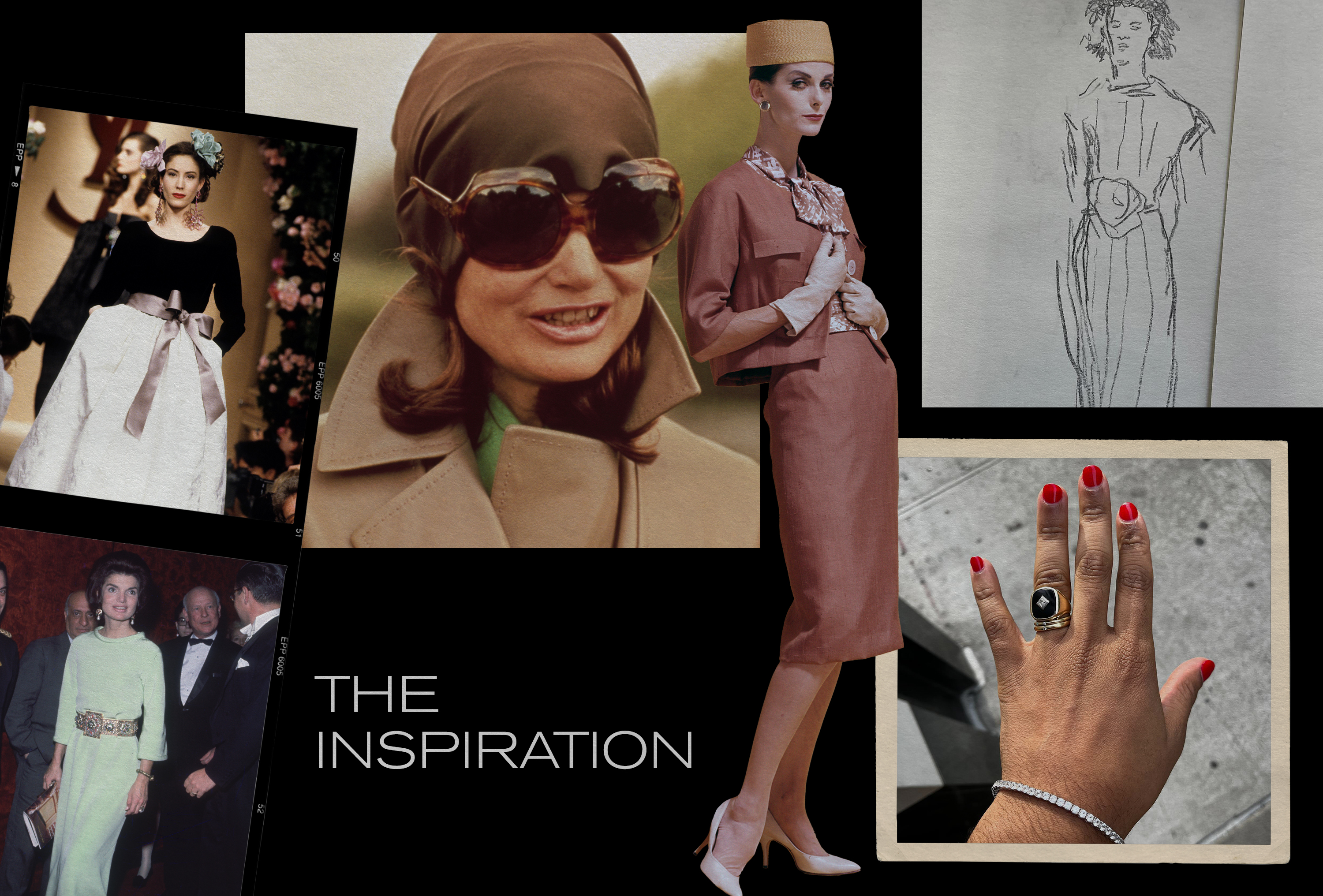
Johnson says he is happy when he wears clothes that just make him feel. There's the pillbox hats and sharp, slim jackets pulled from the inspiration of Jackie Onassis, who he lovingly calls his style muse and "America's first influencer." There are the plentiful Christopher John Rogers pieces he dubs "happy clothes" and the swishy, full skirts that command any room he walks into. Queer influences and his ancestral heritage serve as his blueprint for dressing for his communities, for a higher power.
"When we think of what it means to get dressed, it's a performance, you know, for putting on our chosen identity for that day. Even if we don't think of it as that big of a scale, it is true. Wearing clothes is a performance," Johnson explains. "There's so much that's communicated through how you tie a scarf, what shoe you're wearing, what your pants are, or if you're wearing pants at all."
When it comes to finding your personal style, there's inspiration all around, Johnson say, referencing an iconic moment from The September Issue in which Grace Coddington begs the audience to look at the small, unexpected moments around them because they'll never know when inspiration will hit. "Look beyond Instagram, or pick up those coffee table books that you bought and then forgot about because there's something there," Johnson says. "Devour all of that information. Be as inquisitive as possible."
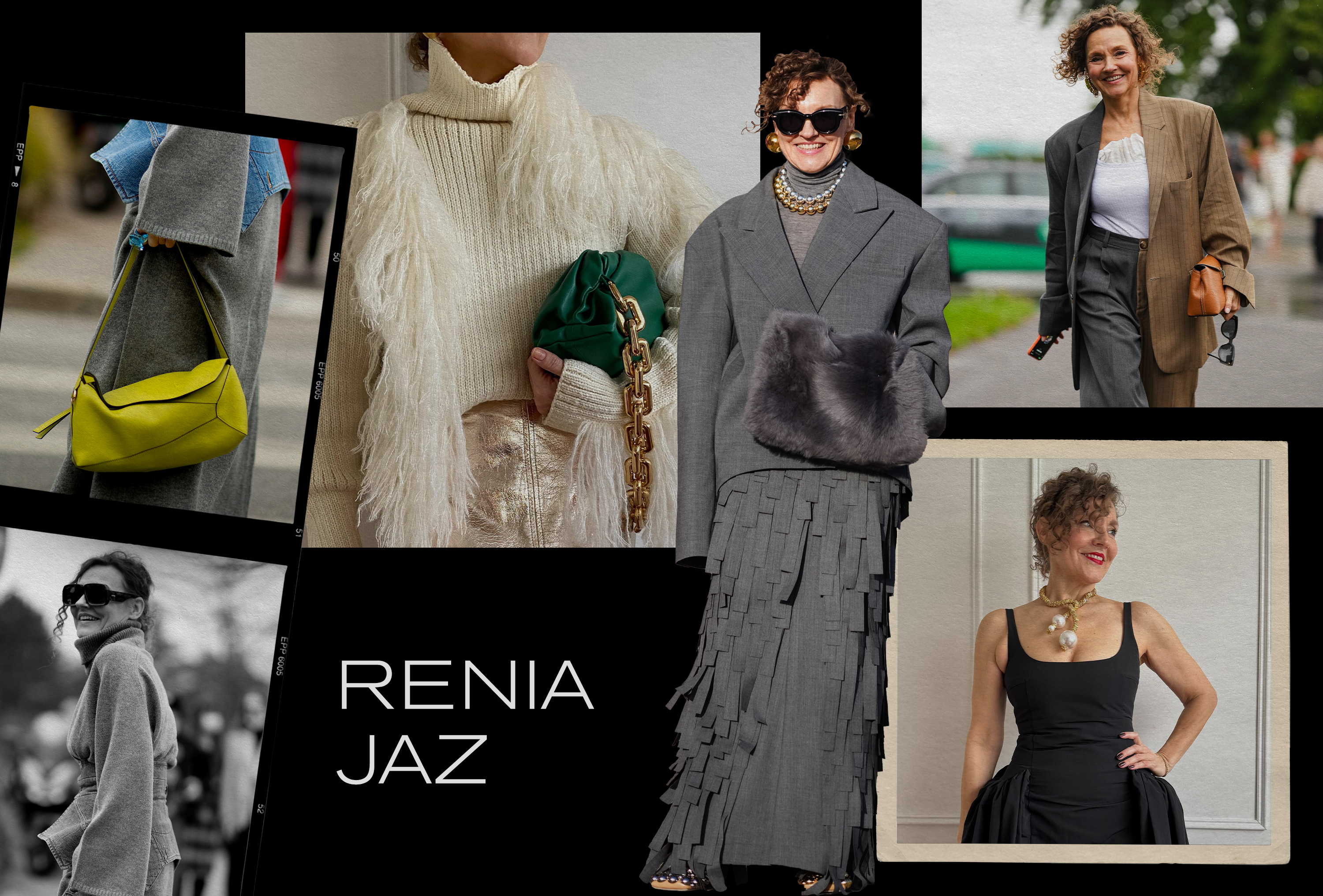
Contrary to popular belief, trends aren't the black mark on personal style. Rather, they're a tool that those with strong fashion senses can use to cement what they like and dislike. Finding your personal style is all about striking a balance between remaining true to yourself and being unafraid to try new things. For influencer Renia Jazdzyk, experimenting with what's viral online isn't just a way to stay relevant as a woman over 50. It can feel like an act of rebellion. "More of us want to see real people in fashion, people who we can relate to, who can represent us," she explains. "I'm aware that there is still a lot that needs to be done before the phenomenon of ageism will cease to exist."
There are few people who have risen to fame for their acute sense of style past the age of 50, especially in an industry that holds youth, thinness, and traditional standards of beauty like birds in golden cages. When Jazdzyk launched her Instagram (with a gentle nudge from her husband), the followers came soon after thanks to her enviable wardrobe and unabashed self-expression. There weren't any frumpy pantsuits or boring colors the industry often assigns to women seen as "past their prime." Quite frankly, Jazdzyk's prime is now.
"Running my own Instagram account made me realize that age no longer defines me and that I no longer want to be defined by the perception of women from over a dozen years ago," she explains. Jazdzyk has been building her closet for years, a habit most people with deeply personal style always swear by. After decades of being in tune with who she is, there are key indicators to what makes a good outfit. For her, it's something that puts a smile on her face—often unique, bright, and colorful. More than likely, you won't find any semblance of "grandmacore" in her closet.
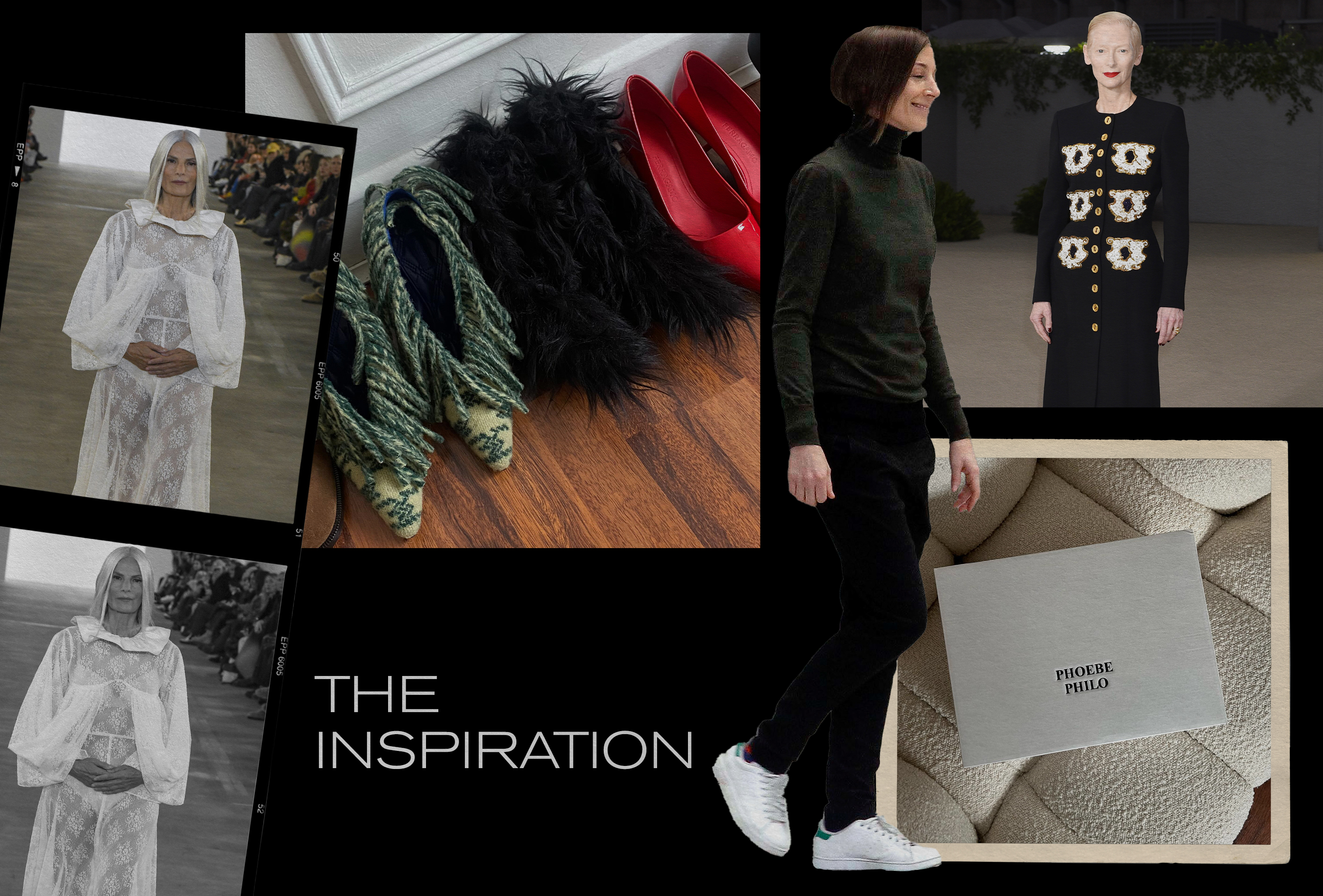
There's no pressure to keep up on social media or look a certain way, Jazdzyk explains, but there's certainly a responsibility to educate her followers on what the fashion landscape shapes up to be, both for mature women and those at the beginning of their personal style journey. I ask her if she feels like everyone looks the same on social media, and she agrees hesitantly. According to Jazdzyk, everyone can own the same things yet still style them in a way that fits their own gusto.
"We can only access what's available," she explains. Naturally, if you only follow one specific type of content creator, more than likely, that's all you'll see. She adds, "I guess this is where we can try and be a bit more creative. We can try to mix pieces differently or in a surprising way."
One of the best ways to curate your wardrobe and hone in your personal style is, simply, to find what works best over the years. Jazdzyk already knows exactly what works best for her and her fashion baseline (a white button-down and jeans mixed with trend-forward accessories, if you're curious). "Don't be afraid to look at the [runways] for inspiration when it comes to finding clothes you love and feel your truest self in," Jazdzyk says. "I always try to find free time to watch New York, London, Paris, Stockholm, and Milan Fashion Weeks. Mix clothes from high-street stores with more expensive designer pieces and your own original accessories. Don't be afraid of color too!"
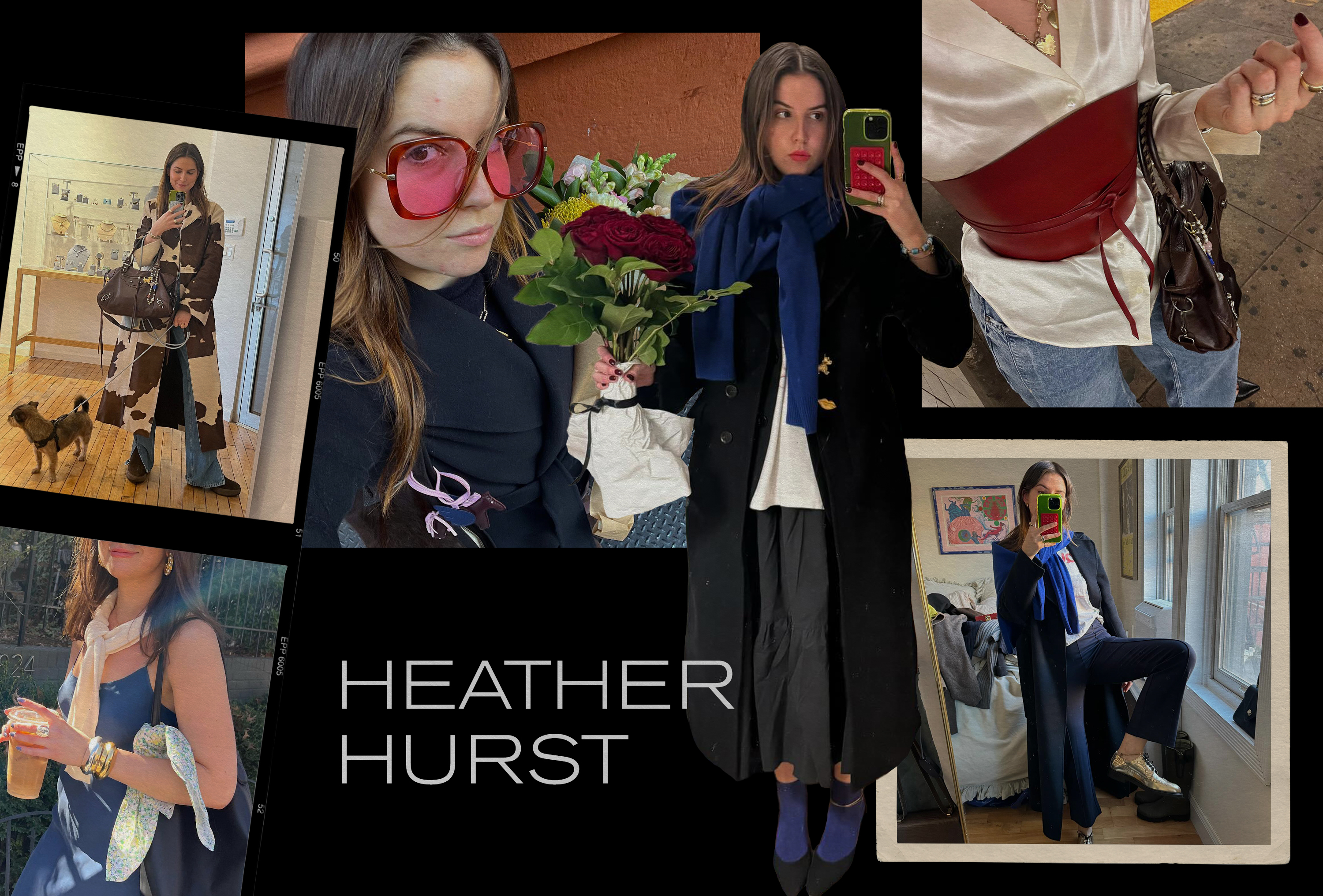
Growing up, Heather Hurst was shy. She used clothing and her personal style as a way to reflect the character she wanted to be without actually opening her mouth. Maybe it was a brooding teenager or a polished, put-together ballerina. As she entered her adulthood, she jokes, she realized she actually had to develop a personality and communicate with her words rather than her clothes. Hurst, now an analytical wardrobe curator and stylist, shares her long-winded insights on TikTok as one of the app's Gen Z style forces.
"For so long in my life, I had a preoccupation with being misunderstood, which is why I wanted my clothes to project so outwardly—to say, 'Okay, yes, this outfit says this to other people.' Now when I get dressed, I think more of, 'What is this communicating with myself?'" Hurst has become known for her oversize eyewear, pairs she lovingly calls "notice me, don't look at me" glasses. "Obviously, I'm drawing attention to myself, but they're also a shield. I'm saying to myself, 'Oh, I feel shy today, but I need to get out of the house and do things against my own will,'" she says.
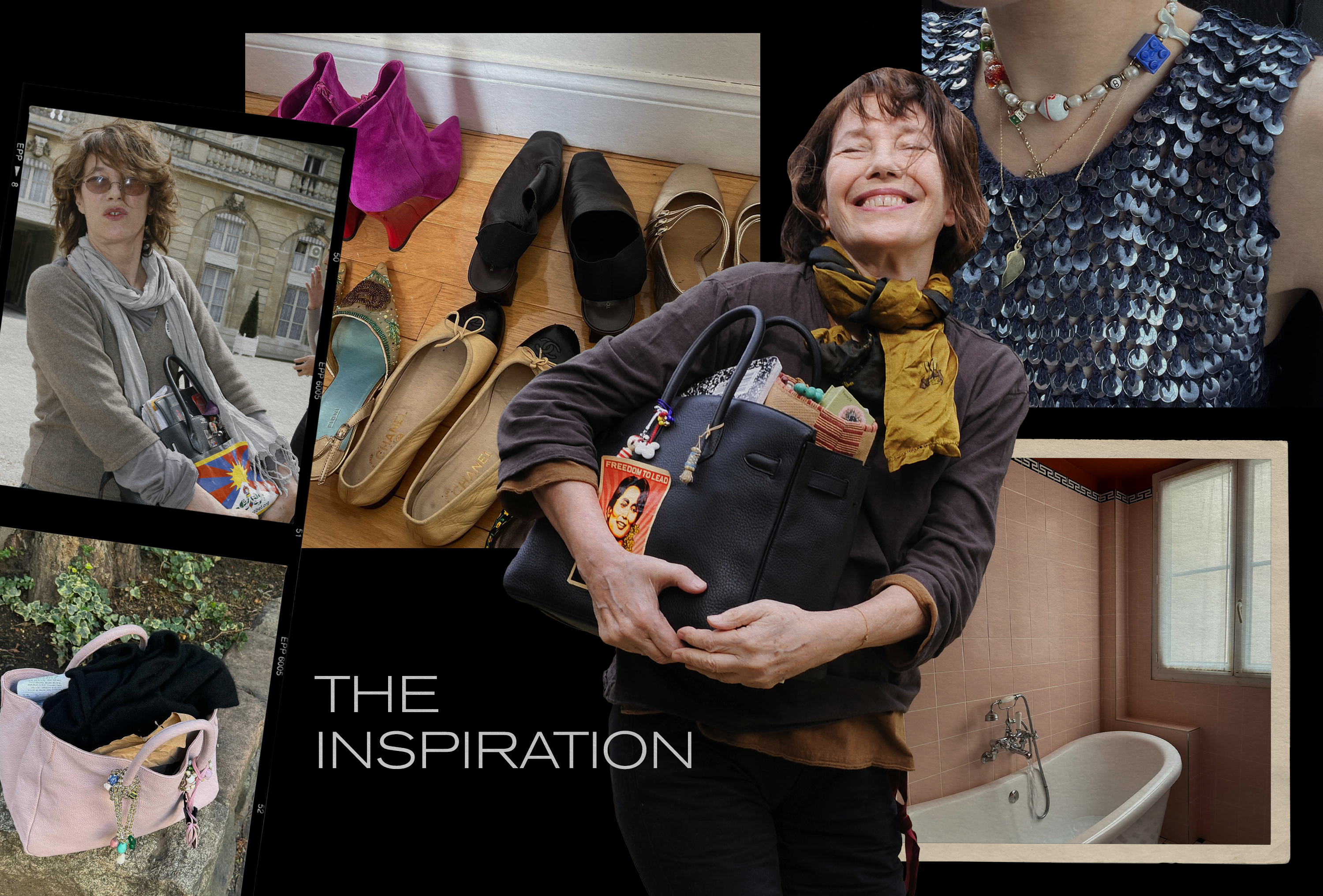
There's an idea that having personal style means you must spend hundreds, if not thousands, of dollars and countless hours curating a tightly edited wardrobe that will speak to you forever. Hurst strongly disagrees. "I think that we've installed this fantasy that we can optimize our closet into something that just grows legs and works for us. We've been sold this fantasy that if you carry yourself the right way and if you buy the right things, then you will have effortless style for life," she says. For Hurst, this myth encourages overconsumption and shopping addictions—something, she notes, happens at both the fast-fashion and luxury price point. Instead, she recommends facing your closet head-on: "You have to use the clothes [you own] to make them work. You have to put them together. You have to get dressed."
Now that Hurst has streamlined her closet by examining why she owns pieces in her wardrobe instead of just wearing them without thought, she's taken on styling clients both online and in person to help them develop their wardrobes. While she finds blurring the lines between her tastes and other people's challenging, the biggest takeaway when it comes to wardrobe curation is deciding whether your closet is the problem or if it's the social media content you're taking in. Hurst jokes that your #ForYouPage likes to make things a bigger deal than they really are. Although looking chic can be a priority for some, the excessive posturing online is where she places blame for the difficulty associated with discovering one's style.
At the end of the day, clothes are clothes, and it's okay to have fun with them. "[Our socials] become this self-feeding, self-important beast. Online, it feels so important to drive your aesthetic and hypercurate, but I also think it's healthy to live with a foot in both worlds," she explains. "Style is meant to be enjoyed. That's why we're all here, isn't it?"
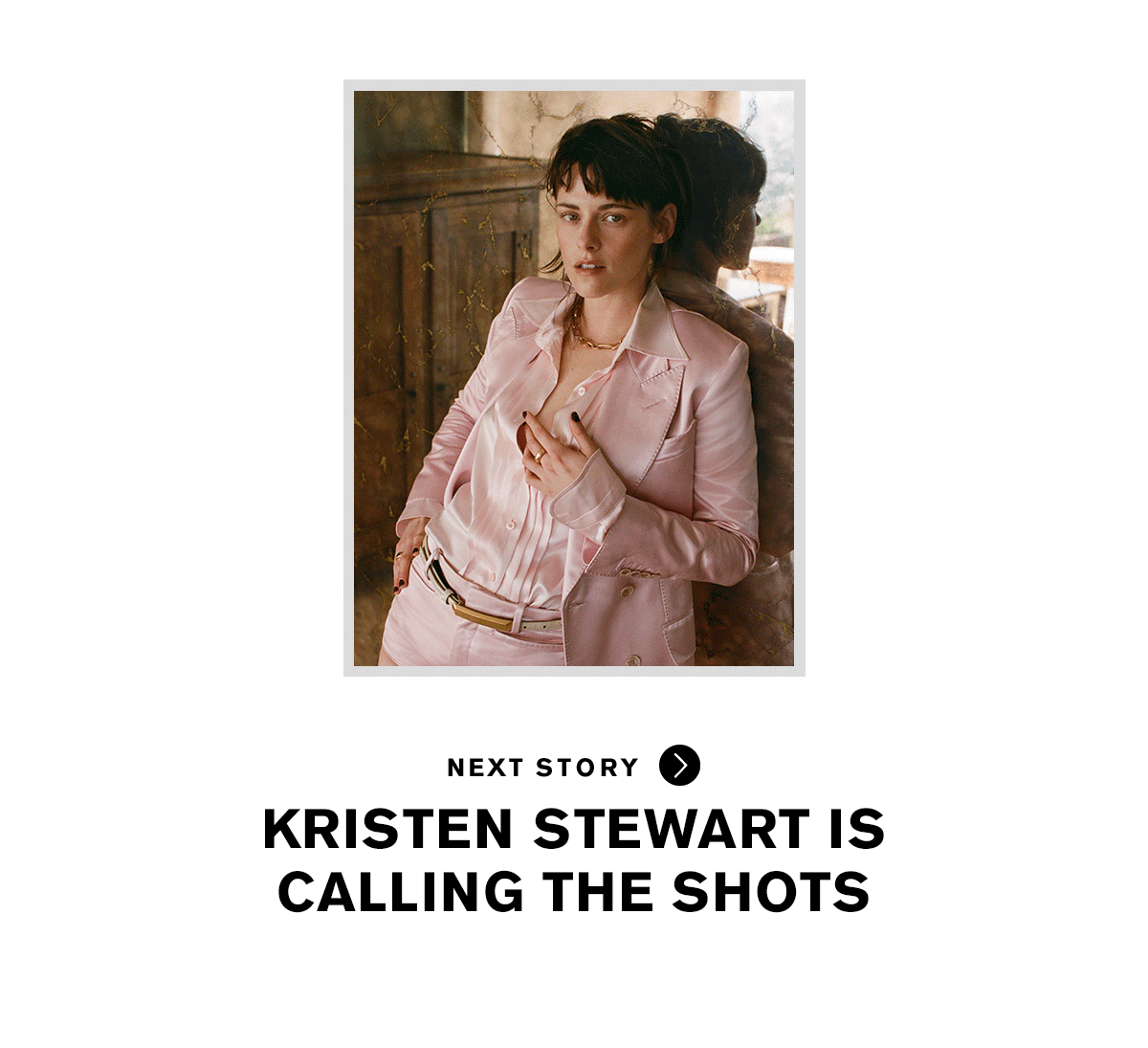
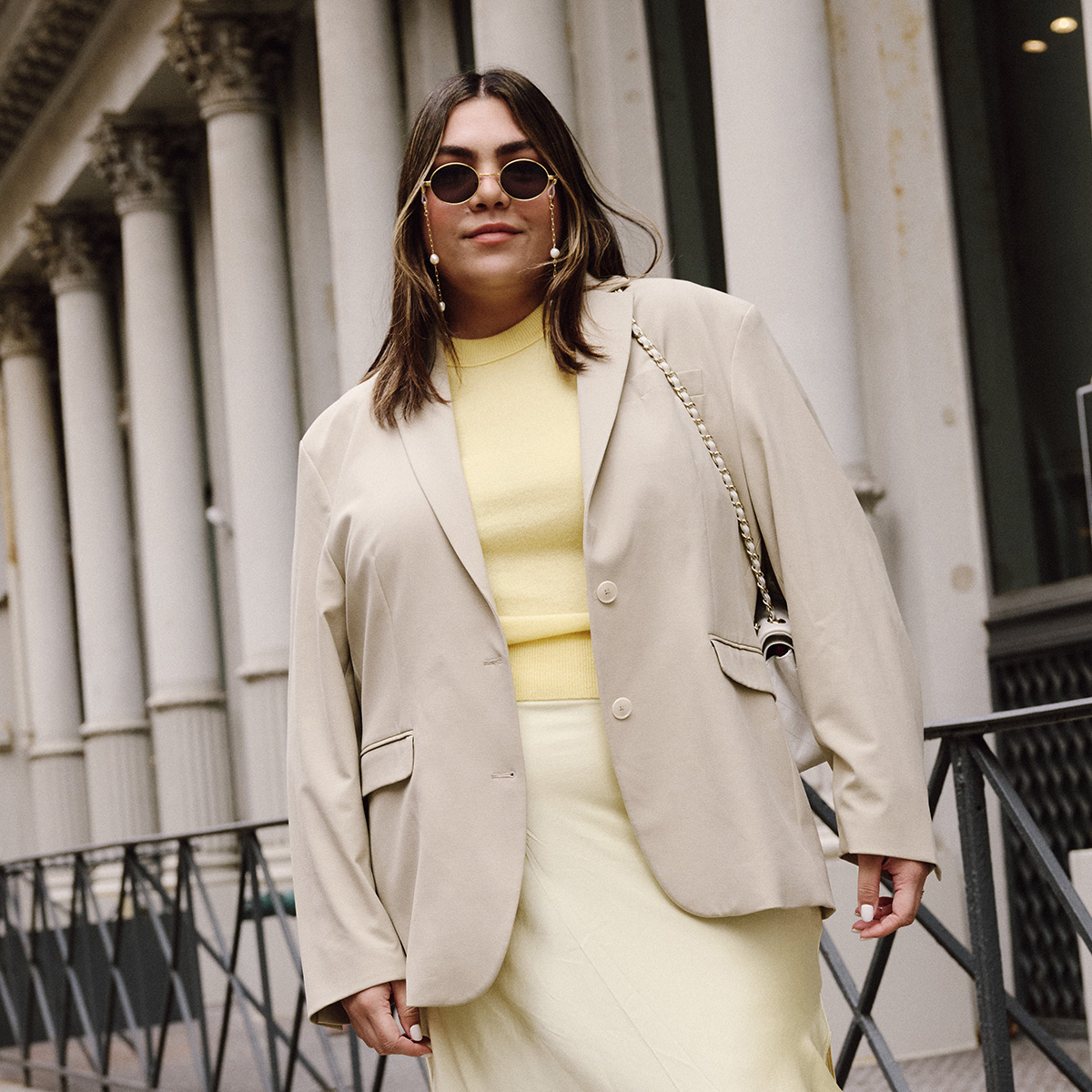
Ana Escalante is an award-winning journalist and Gen Z editor known for her sharp takes on fashion and culture. She’s covered everything from Copenhagen Fashion Week to Roe v. Wade protests as the Editorial Assistant at Glamour after earning her journalism degree at the University of Florida in 2021. At Who What Wear, Ana mixes wit with unapologetic commentary in long-form fashion and beauty content, creating pieces that resonate with a digital-first generation. If it’s smart, snarky, and unexpected, chances are her name’s on it.
-
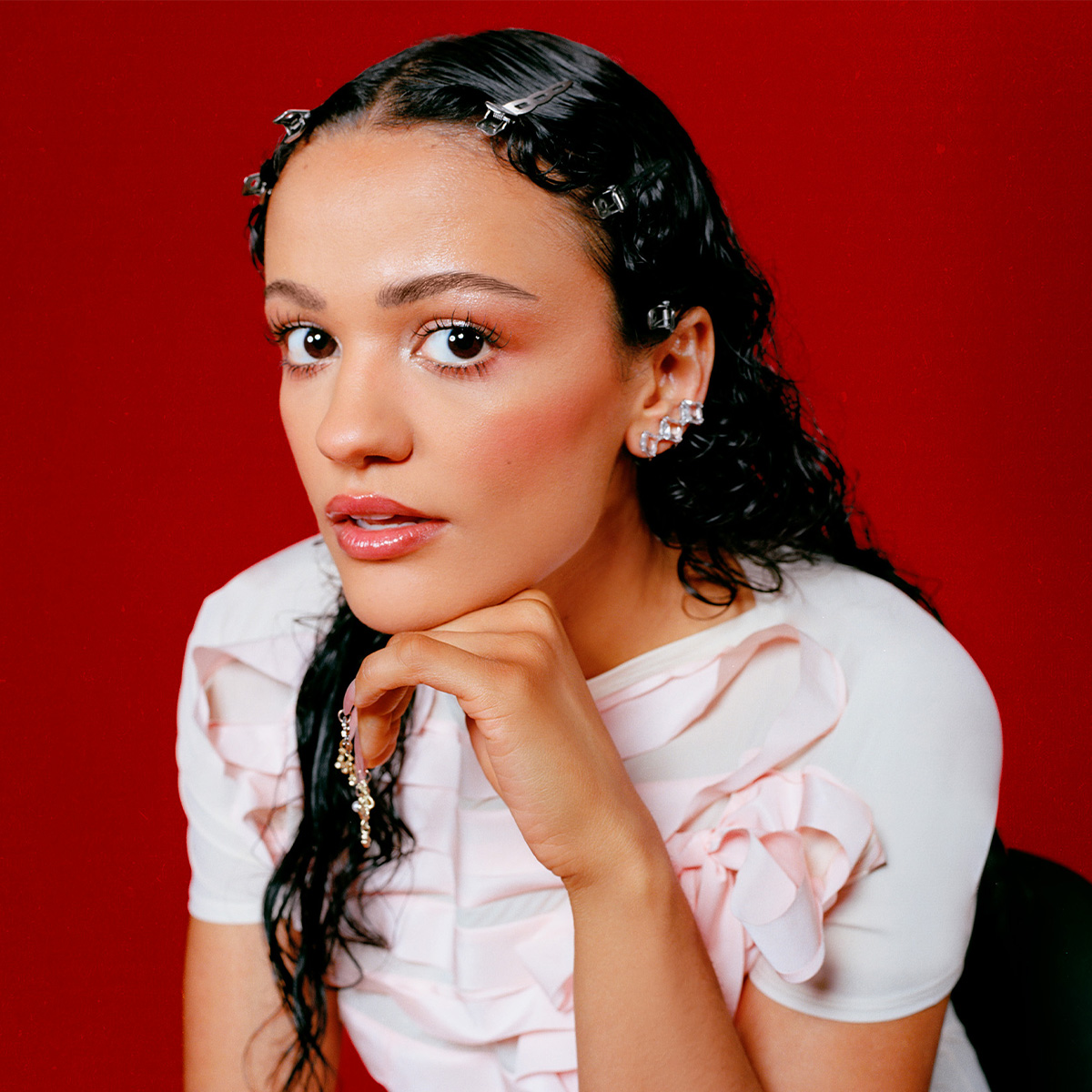 Wicked's Marissa Bode Is Finding Magic in Herself
Wicked's Marissa Bode Is Finding Magic in HerselfRead the full story.
-
 The Pro Golfer and Vintage Miu Miu Collector Transforming F1 Paddocks Into Runways
The Pro Golfer and Vintage Miu Miu Collector Transforming F1 Paddocks Into RunwaysSpotted: JW Anderson's pigeon bag, Tabi pumps, and the iconic Hermès Bolide on Wheels.
-
 George Russell on Growing Into His Personal Style
George Russell on Growing Into His Personal StyleThe five-time race winner talks watches, paddock 'fits, and finding confidence in fashion.
-
 From Paddock 'Fits to On-Track Rivalries: Go Sports Dives Into F1 Ahead of the 2025 LVGP
From Paddock 'Fits to On-Track Rivalries: Go Sports Dives Into F1 Ahead of the 2025 LVGPRead up before lights out on Saturday night.
-
 Alexa Chung's World: Her Best-Selling Madewell Collab, Personal Style Icons, and Spiciest Fashion Takes
Alexa Chung's World: Her Best-Selling Madewell Collab, Personal Style Icons, and Spiciest Fashion TakesPlus, what she's reading and listening to and her favorite spots in London.
-
 In a World of Shrinking Size Inclusivity, Eloquii Stands Larger Than Ever
In a World of Shrinking Size Inclusivity, Eloquii Stands Larger Than EverWelcome to the Eloquiissance.
-
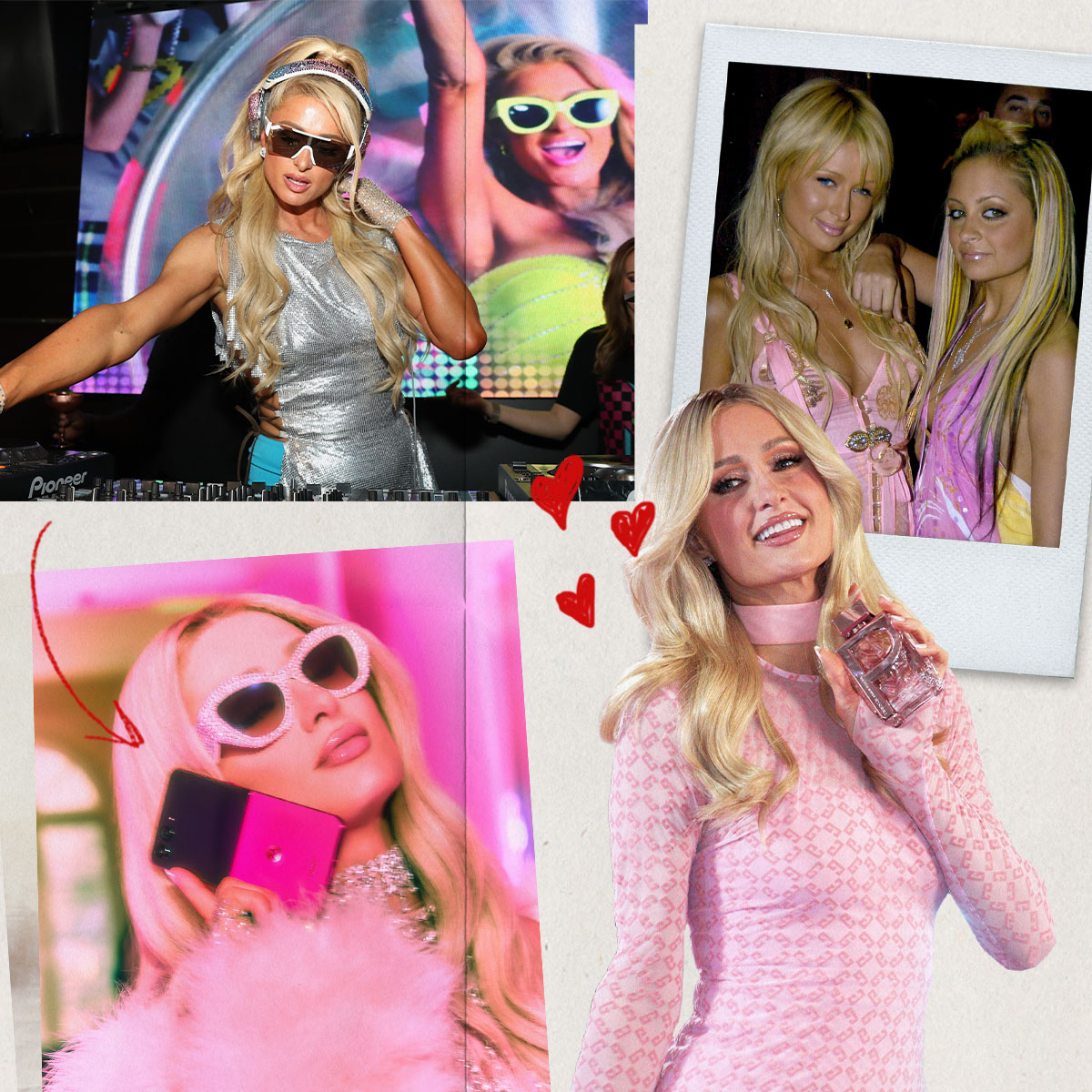 Paris Hilton's World: Her Pink Motorola Razr, Favorite Y2K Looks, and What 11:11 Media Means to Her
Paris Hilton's World: Her Pink Motorola Razr, Favorite Y2K Looks, and What 11:11 Media Means to HerA glimpse into the life of this savvy entrepreneur.
-
 The New Elite Way to Shop Is Off the Grid and Invite Only
The New Elite Way to Shop Is Off the Grid and Invite OnlyIf you know, you know.
